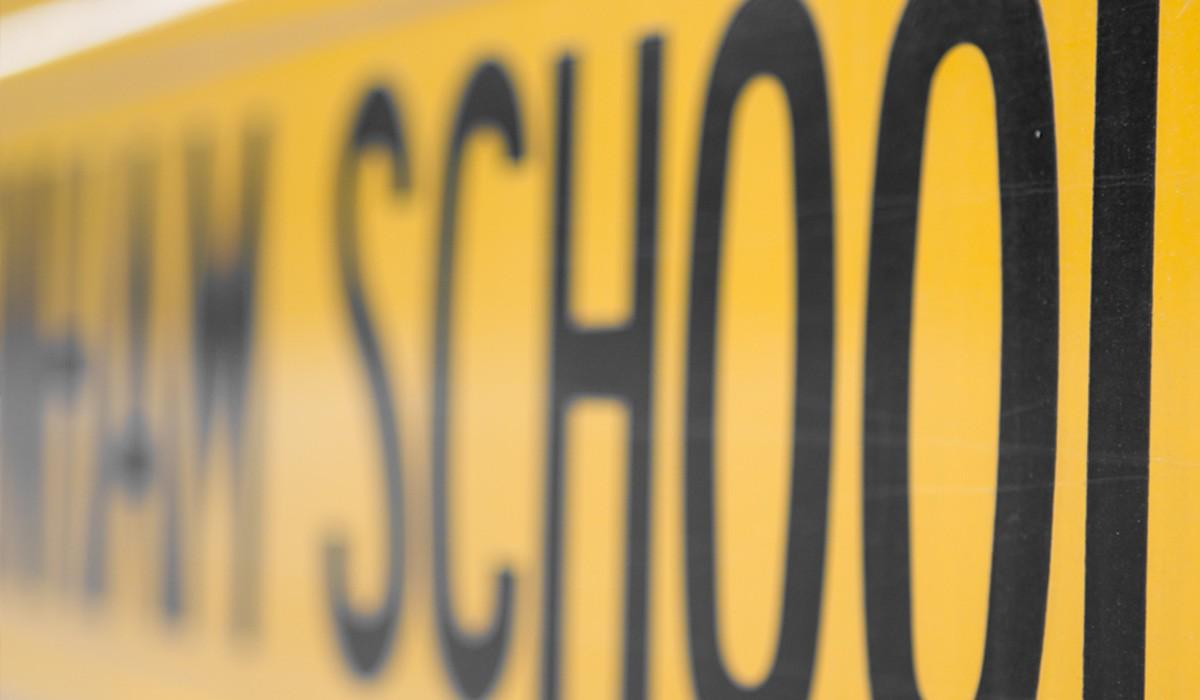

The Superintendent Scoop #12
February 9, 2025
A weekly summary of the great work happening at TSD#9!
Exciting Update on Snow Make-Up Days!
Welcome back, everyone! We hope you all stayed warm and safe during our unexpected winter break. ❄️
We know many of you have been wondering about the snowflake days on the calendar and how this past week's closures will be made up. Since we had three snow days, we will hold school on February 14th, March 21st, and May 23rd.
A huge THANK YOU to everyone who worked behind the scenes—those who drove the roads early in the morning to assess conditions, kept families informed and continued working regardless of school closures. Your dedication does not go unnoticed; we truly appreciate all you do!
Thank you for your flexibility and commitment—let’s make the most of the days ahead! 💙✨
For kids,
Matt Ellis
Promising Practices Spotlight 🔦
Connecting Teacher Moves to Student Outcomes
Author Karin Hess outlines how analyzing student work in three steps—describing,
interpreting and evaluating—can enhance teaching, assessment, and learning. The main
purposes of this process are:
1. Improving Tasks and Scoring Guides: Analyzing student responses helps refine tasks,
clarify prompts, and modify rubrics, ensuring tasks are accessible and measure deeper
thinking.
2. Making Instructional Decisions: Observing student work provides insights into what
students understand, helping teachers make better decisions on how to guide instruction
and challenge expectations.
3. Monitoring Progress Over Time: Pre-assessments reveal students’ core skills and post-
assessments show growth, allowing teachers to track improvement and adapt lessons
based on individual needs.
4. Engaging in Peer and Self-Assessment: Encouraging students to assess others’ work or
their own over time fosters reflection, self-awareness, and the development of a growth
mindset.
5. Understanding Learning Progression: Analyzing student work reveals skills and
misconceptions that may not be addressed by curriculum standards, helping teachers
understand and support different learning trajectories.
6. Building Teacher Expertise: Reflecting on student work helps teachers improve their
instructional practices and build a deeper understanding of how students learn, fostering
collaboration among teacher teams and improving overall teaching effectiveness.
Hess concludes that analyzing student work promotes motivation, independence, and the
application of knowledge in new contexts, benefiting both teachers and students.
The Power of Routine: Getting Back into the PLT Groove After Snow Days
The Power of Routine: Getting Back into the PLT Groove After Snow Days
After an unexpected week of snow closures, getting back into our Professional Learning Team (PLT) routines is more important than ever. While the break may have been a nice chance to recharge, it also disrupted our momentum, making it essential to refocus and reconnect as a team.
Why Routines Matter
PLTs thrive on consistency. Regular meetings provide opportunities to collaborate, analyze student data, share best practices, and ensure we meet our goals. When that rhythm is interrupted, it’s easy to lose valuable progress. That’s why getting back into the routine quickly is key to maintaining the momentum we’ve built.
Reconnecting with Purpose
As we come back together, let’s use our PLT meetings to:
✅ Reassess our progress – Where did we leave off? What adjustments need to be made?
✅ Refocus on student learning – How can we compensate for lost time and ensure our students stay on track?
✅ Reignite collaboration – Let’s lean on each other for support, fresh ideas, and problem-solving strategies.
Moving Forward
Please take a moment to check in with your PLT, confirm upcoming meeting times, and set clear priorities. A little structure can help us regain our flow and continue making a meaningful impact on our students.
We appreciate your dedication and commitment to this work. Let’s jump back in and keep pushing forward—together! 💡✨








